Sydney to Outback: Best Time To Visit Australia
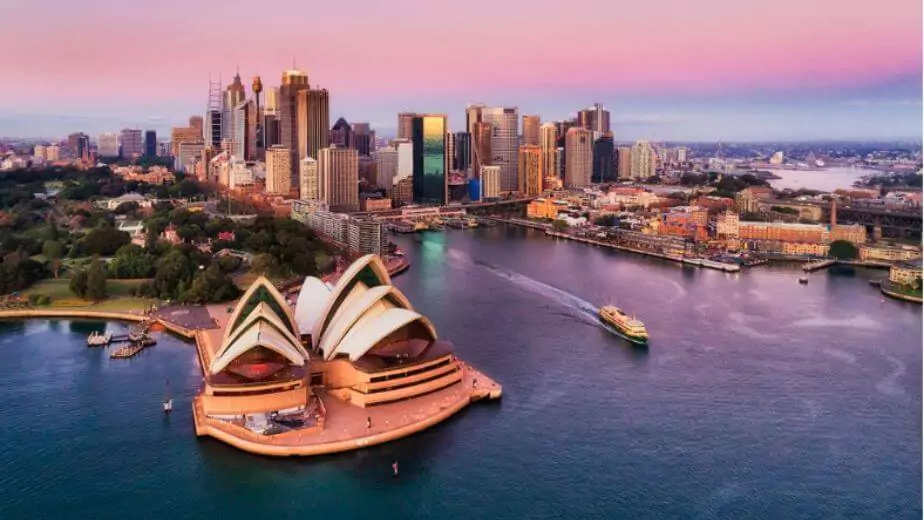
Australia, the land down under, beckons travelers with its diverse landscapes, unique wildlife, and vibrant cities. However, deciding on the best time to visit Australia can be as varied as the country itself. The vastness of the Australian continent means that it experiences a range of climates and weather patterns, influencing the ideal time for tourists to visit Australia.
1 Understanding Australia's Climate
The southern hemisphere dictates Australia’s seasons, which are opposite to those in the northern hemisphere. Broadly, Australia has a temperate climate in the south, tropical in the north, and arid in the central region. The average temperatures vary widely, but they are crucial in planning when to visit.
Northern Australia: Wet and Dry Seasons
In northern Australia, which includes the Northern Territory, northern Western Australia, and northern Queensland, there are primarily two seasons: the wet season and the dry season. The wet season, from November to April, is characterized by heavy rains, high humidity, and warm temperatures. While it’s still possible to travel during this time, the conditions may hinder accessibility, especially in places like Kakadu National Park.
The dry season, from May to October, offers pleasant weather with less rainfall and is widely considered the best season to explore the north, including the iconic Great Barrier Reef and the Northern Territory.
Southern Australia: The Four Seasons
The southern half of Australia experiences four seasons. Summer (December-February) brings warm sunny days but can be extremely hot, especially in the southern interior and parts of Western Australia. Conversely, Australian winter (June-August) can be a cold winter in states like Victoria and New South Wales but mild in other parts.
The shoulder seasons—spring (September-November) and autumn (March-May)—present the most pleasant weather, making them an excellent time to visit for those looking to avoid the extremes of summer and winter.
2 Key Events and Activities by Season
Summer: December to February (Dec-Feb)

Summer is peak tourist season, especially along the east coast and Golden beaches such as Bondi Beach. It’s a time for Christmas festivities and New Year’s Eve celebrations in Sydney Harbour. The Australian Open in Melbourne also attracts sports fans in January.
However, accommodation prices can be at their highest, and popular spots are crowded. In Western Australia, the Margaret River region buzzes with wine festivals and beachgoers, although the northern coast may experience cyclones.
Autumn: March to May
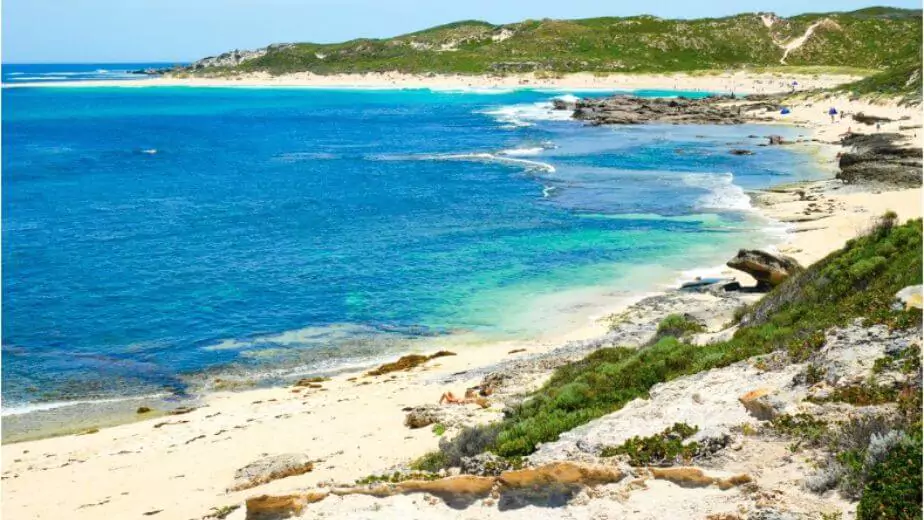
Autumn presents a respite from the summer heat. It’s a popular season for food and wine festivals in regions like South Australia and the Margaret River. This is also a fantastic time for a road trip through the countryside, where the changing foliage provides a picturesque backdrop.
Winter: June to August
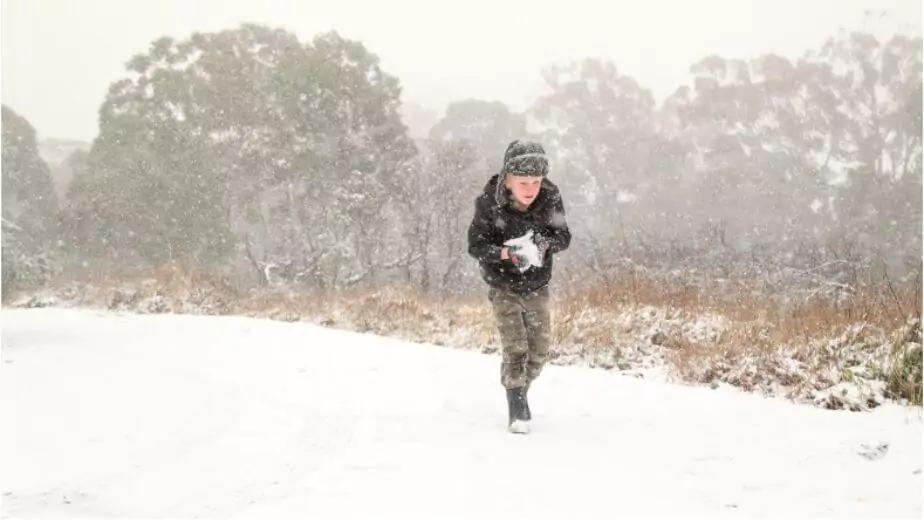
While the northern half of Australia is in its dry season, with warm temperatures making it the best time to visit areas like the Great Barrier Reef, the southern half sees its winter months. However, cities like Sydney and Perth offer mild winters that are perfect for sightseeing. This is also the best time for snow activities in New South Wales and Victoria.
Spring: September to November
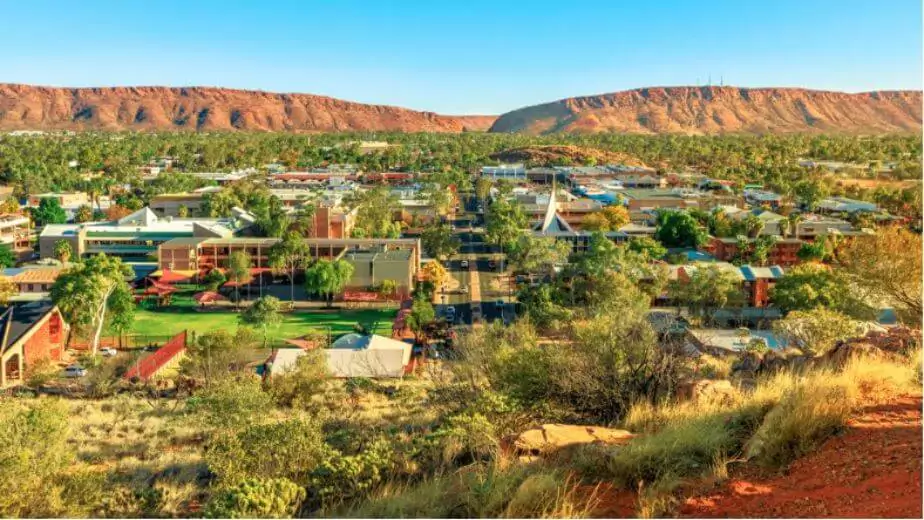
Spring in Australia is when nature bursts back into life. This season is ideal for visiting national parks to see wildflowers and wildlife. Shoulder seasons like spring also offer the advantage of moderate average temperatures and lower accommodation prices compared to the peak season.
3 Regional Considerations for the Best Time to Visit Australia
Northern Territory
The Northern Territory, including Alice Springs and Kakadu National Park, is best visited in the dry season (May to October) when roads are passable and the weather is pleasant.
Western Australia

For Western Australia, it depends on the region. The south, including Perth and the Margaret River region, is best from September to November or March to May. The north, including the Kimberley, is ideal from June to August.
Queensland and the Great Barrier Reef
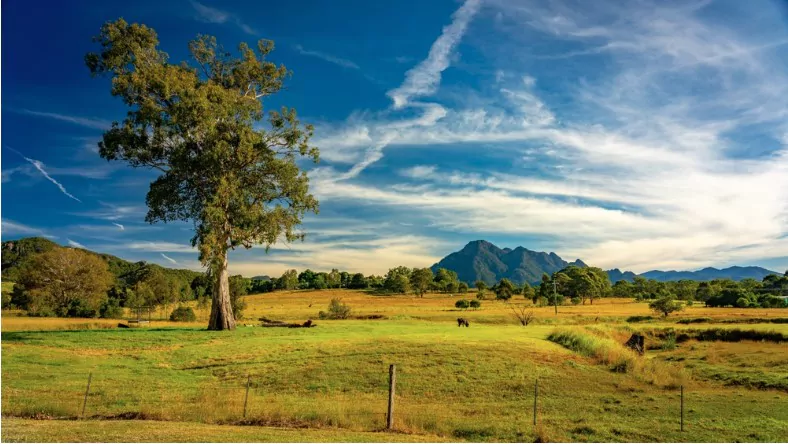
In Queensland, the Great Barrier Reef is spectacular in the dry season. Winter and spring offer sunny days and warm temperatures, perfect for a boat trip or snorkelling.
New South Wales

New South Wales offers year-round attractions, but autumn and spring provide the best conditions for exploring both cityscapes and coastlines. Sydney, with its iconic Sydney Harbour, is particularly pleasant outside the summer months when there are fewer tourists and a lower humidity level.
Victoria and the Melbourne Cup

Victoria, known for its culture and sports, hosts the famous Melbourne Cup horse race in November, which is a significant event in the spring season. This period brings a festive atmosphere but also higher prices and crowded venues.
South Australia and Wine Regions
In South Australia, including the renowned Barossa Valley and Adelaide, the autumn months are perfect for wine tasting and wine festivals, as the harvest season brings a special buzz to these regions.
Tasmania
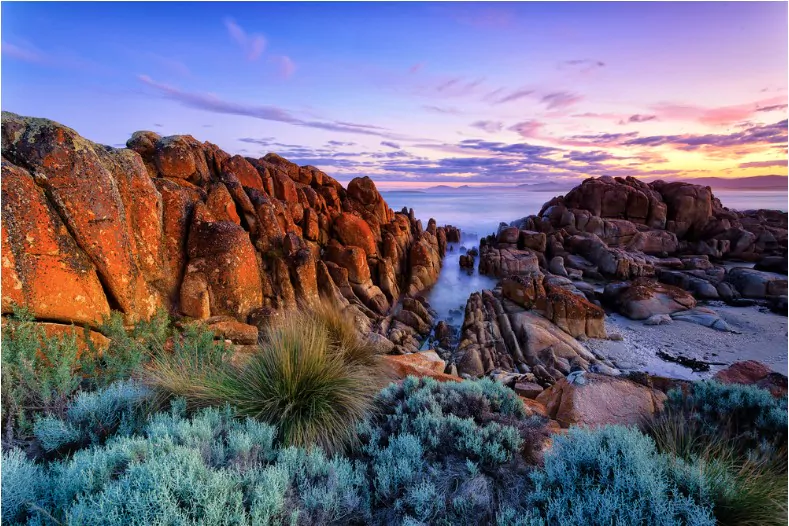
Tasmania’s temperate climate means it can experience a cold winter but offers ideal hiking weather in summer and spring. The island state’s natural beauty is on full display during these seasons.
4 Travel Tips for Visiting Australia
Accommodation and Prices
Accommodation prices vary greatly depending on the season and region. Booking several weeks in advance is advisable during the high season and around major events like the Australian Open or Australia Day celebrations.
Wildlife and National Parks

Australia’s national parks offer rich wildlife experiences, especially in the shoulder seasons when animals are more active in the moderate temperatures. The best time to visit for wildlife spotting in places like Kangaroo Island or the various national parks would be from April to October.
Beaches and Coastal Areas
For beachgoers, the summer months offer warm sunny days ideal for the golden beaches of Australia. However, one should be aware of potential high winds or jellyfish influxes (particularly in the north) during certain times of the year.
Cultural and Sporting Events
If your visit is timed to coincide with cultural events like the Melbourne Cup or sporting events such as the Australian Open, expect to encounter peak times with lots of activities and vibrant atmospheres.
Road Trips and Exploration
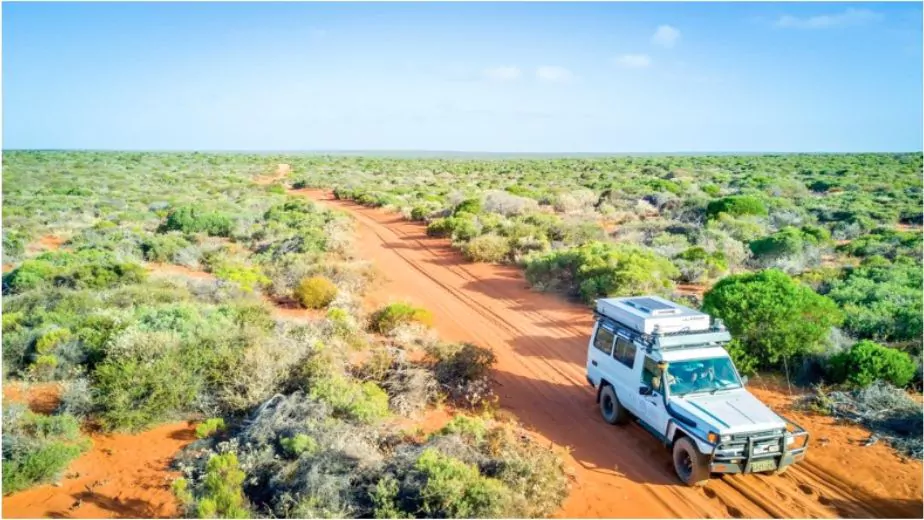
A road trip through Australia’s diverse landscapes is best undertaken outside of the wet season in the north, to avoid road closures and flooding. The southern hemisphere spring and autumn offer the most comfortable conditions for long drives.
Off-Peak Season Travel
Traveling in the low season can mean great deals on flights and accommodations, less crowded attractions, and a more relaxed atmosphere. For example, visiting during the winter months of June to August could offer these benefits in the southern cities.
Health and Safety
Always prepare for the Australian climate by staying hydrated, especially if travelling in the summer season when temperatures can become extremely hot. Additionally, during the summer and winter seasons, it’s important to check for bushfire or avalanche warnings, respectively, when exploring rural areas or mountains.
5 Wrapping Up: When Is the Best Time to Visit Australia?
In summary, the best time to visit Australia really depends on your interests, the regions you want to explore, and the experiences you wish to have. Whether it’s the bustling New Year’s Eve celebrations in Sydney Harbour, a serene boat trip around the Great Barrier Reef, or a cultural immersion at the Melbourne Cup, Australia’s diverse offerings cater to various preferences throughout the year.
Australians often joke that they live in a country with “four seasons in a day,” so no matter when you visit Australia, it’s wise to pack for all eventualities and be ready to embrace the adventurous spirit of Oz. With careful planning and consideration of the factors mentioned above, any time can become the best time to visit this incredible country.
Community Q&A
About This Article
This article has been viewed 143 times.



